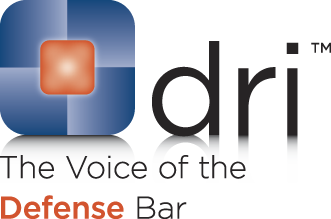Primarily, courts across the nation have applied two different standards to determine whether an insurance company has acted in bad faith.
First is the standard set by the California Supreme Court case of Gruenberg v. Aetna Ins. Co., 9 Cal 3d 566, 510 P.2d 1032 108 Cal. Rptr. 480 (1973). In Gruenberg, the California Supreme Court found that an insurer breaches the covenant of good faith and fair dealing when it refuses “without proper cause, to compensate its insured for a loss covered by the policy.” 9 Cal. 3d at 574. Under the Gruenberg standard, the carrier need not demonstrate an evil intent or a malicious or immoral nature. See Neal v. Farmers Ins. Exch., 21 Cal 3d 910, 921-22, fn 5, 582 P.2d 980, 148 Cal. Rptr. 389 (1978). In order to prove bad faith, a policyholder must simply show that the insurance company failed to pay or delayed payment without proper cause. The Gruenberg standard is objective rather than subjective.
The second standard, as enunciated in the case of Anderson v. Continental Ins. Co., 85 Wis. 2d 675, 271 N.W.2d 368 (1978), adds a subjective element to the Gruenberg model. In addition to a failure to pay or a delay in payment, the policyholder must also show that the insurer acted with knowledge or reckless disregard of the lack of a reasonable basis. In determining if there has been a violation, the insurance company’s actions are compared to the actions of a “reasonable insurer under the circumstances” Id., 85 Wis. 2d 692. See also, Fehring v. Republic Ins. Co., 118 Wis. 2d 299, 310 (Sup. Ct. 1984), overruled on other issues by DeChant v. Monarch Life Ins. Co., 200 Wis 2d 559 (1996). The Anderson standard builds on the same objective standard of Gruenberg but applies the supplemental subjective standard of knowledge to that. See New Appleman Insurance Bad Faith Litigation § 5.03 [2]
In many circumstances, Nevada follows precedents from the State of California. In this instance, Nevada does not. Nevada has instead adopted the Anderson standard. As stated in the case of Guaranty National Ins. Co. v. Potter, 112 Nev. 199, 206, 912 P.2d 267 (1996) the Nevada Supreme Court said that before there is bad faith, the insurance company must act unreasonably AND with knowledge that there was no reasonable basis for its conduct. See also, American Excess Ins. Co. v. MGM Grand Hotels, Inc., 102 Nev. 601, 605, 729 P.2d 1352, 1354-55 (1986). In fact, in the case of Great Am. Ins. Co. v. Gen. Builders, Inc., 113 Nev. 346, 355, 934 P.2d 257, 263 (1997) the Nevada Supreme Court said that the insurance company’s actions must be “grievous and perfidious.” In a recent case, the U.S. District Court, District of Nevada said that “bad faith requires more than an unreasonable act, it requires the insurer act in a deceitful manner with the awareness that the act was unreasonable”. Jackson v. Am. Family Ins. Co., Case No. 2:10-CV-01874-LRH-PAL (D. Nev. June 18, 2012)
If you have questions about the standard of care an insurance company must meet in order to avoid bad faith liability in Nevada, please contact Mills & Associates at 702-240-6060 or by e-mail.
 Follow
Follow Email
Email


